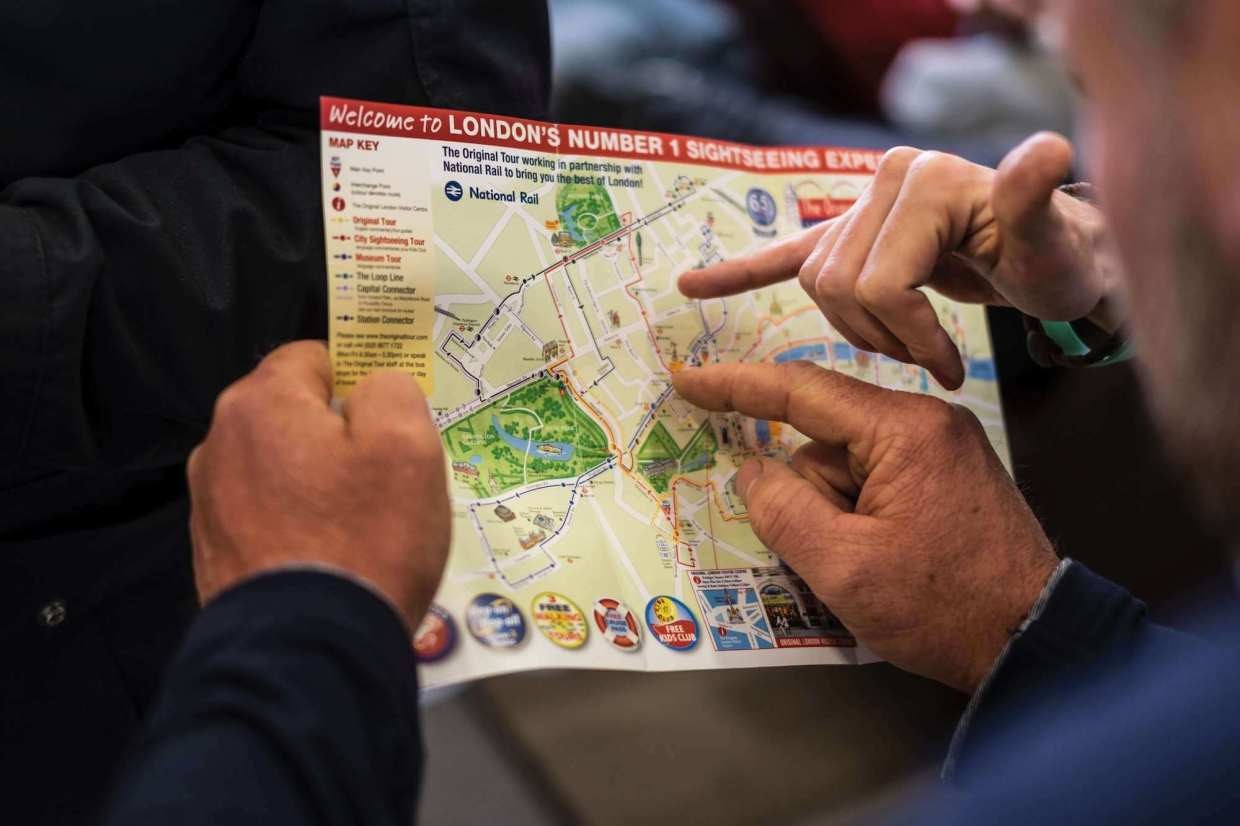Location intelligence—powered by foot traffic data—is incredibly valuable, whether it’s used to reveal contextual details about a place, or surface behavioral insights about an audience. However, not all location data is created equal, with visit data being the hardest to get right for a number of reasons. For one, it marries data and technology to determine whether someone has truly stopped at a particular location. It also requires marketers to understand how bidstream and software development kit (SDK) derived visit data differs, discussed in Part One of “The Dilemmas of Location Data” series. But, these aren’t the only points to consider when evaluating offline performance measurement and foot traffic analytics offerings.
In Part Two, we’ll go a level deeper by understanding the limits of traditional mapping techniques, the advantages of Foursquare’s multi-sensor mapping technology, and the importance of location database freshness on visit data quality.
Breaking Down Venue Mapping Methodologies
With 90% of purchases still happening in the real world, marketers need insight into consumers’ path-to-purchase to optimize cross-channel marketing efforts. The ability to do this with precision, however, depends on a location partner’s ability to correctly identify and map the boundaries of a venue. However, this isn’t a simple task. Let’s review the limits of status quo mapping methods, and the ways they fall short in accurately attributing visits.
Status Quo Methods Are All Over the Map
Any location vendor can put together a map and draw a shape around a venue; however, smart marketers should ask how this explains location beyond a 2D cartographic outline. There’s too much going on in areas with high-venue density (think populated cities and malls) to assume that hand-drawn maps would depict a venue’s real 3D shape.
Take, for example, hand-drawn polygons or satellite outlines, two commonly used methods to depict a venue’s form. Both are incredibly flawed, assuming that businesses occupy some standard shape like a square or rectangle. Venue radii mapping is even more problematic. Drawing a circle—sometimes 150 meters (or the size of a city block) wide— around the central point of a venue will pick up multiple places in more complex areas like cities. Simply put—these methods don’t see venues the way devices do.
Hand-drawn maps erroneously eliminate many variables that contribute to the phone’s-eye-perspective of the world, and they don’t account for GPS distortion that frequently occurs in urban environments. These more traditional methods also don’t consider the limits of cartographic mapping to accurately map venues that are stacked on top of the other. Foursquare, however, utilizes a range of signals including Bluetooth beacons, GPS distortion measurement, WiFi triangulation, and time of day popularity ratios to accurately map the 3D shape of places, in even the most complex environments. These “Places Shapes” ensure the accuracy of Attribution, our online-to-offline measurement solution, and Analytics, our foot traffic reporting offering. In fact, our visit attribution technology is up to 30 times more accurate than status quo solutions.
So, when evaluating a location technology platform, it’s important to ask the following: How do they map venues? If they rely on carto-based methods, how do they account for highly dense or multi-story venues? The answers will help you narrow in on the platform that meets your business needs.
The Importance of Location Database Quality
According to CoStar Group, retail space closures would peak in 2018, surpassing a record 105 million square feet of space shuttered in 2017. With such rapid turnover, venue details such as name, address, and phone number may be from a location that shut down a year ago! And let’s not forget that the number of new stores that open every year. The frequency of these changes can make a venues data quickly out-of-date, and the user experience, incredibly frustrating. Think how maddening it’d be if you’re redirected to the wrong brand because the name, address, and phone number weren’t updated.
That’s why choosing the right point-of-interest (POI) partner is key to attaining optimal data quality.
As we mentioned in the previous post, data source matters because it is an input to data quality. First-party data sourced from and maintained by users of a partner’s proprietary apps is of the highest quality, while third-party data is only as good as its source. Foursquare relies on data from our owned and operated apps, partner apps that utilize our Developer Tools, and third-party sources to build the largest crowdsourced map of the world— our global database of 105 million POIs. Therefore, source transparency is key if greater visit data accuracy is a must.
To add, make sure to ask potential data partners how frequently their venues database is updated with fresh information. While Foursquare receives nearly instantaneous updates to our Places database as a result of our panel, many companies do not prioritize data relevance. Regular updates will ensure you get access to accurate insights as opposed to information that might be outdated.
Key Takeaways
Here’s the bottom line— a vendor’s mapping methodology and the quality of their location database source impacts their ability to measure visits and campaign effectiveness correctly. Since carto-based methods are not effective, marketers should opt for a technology partner like Foursquare that takes a multi-sensor approach to location awareness.
And remember, the quality of the venues database plays a critical role in the final outcome. Frequent updates to a partner’s location database is a good sign of credibility and can help boost the accuracy of venue data.
Stay tuned for Part Three, where we’ll discuss how visit detection technology can help address the dilemmas of location data.



